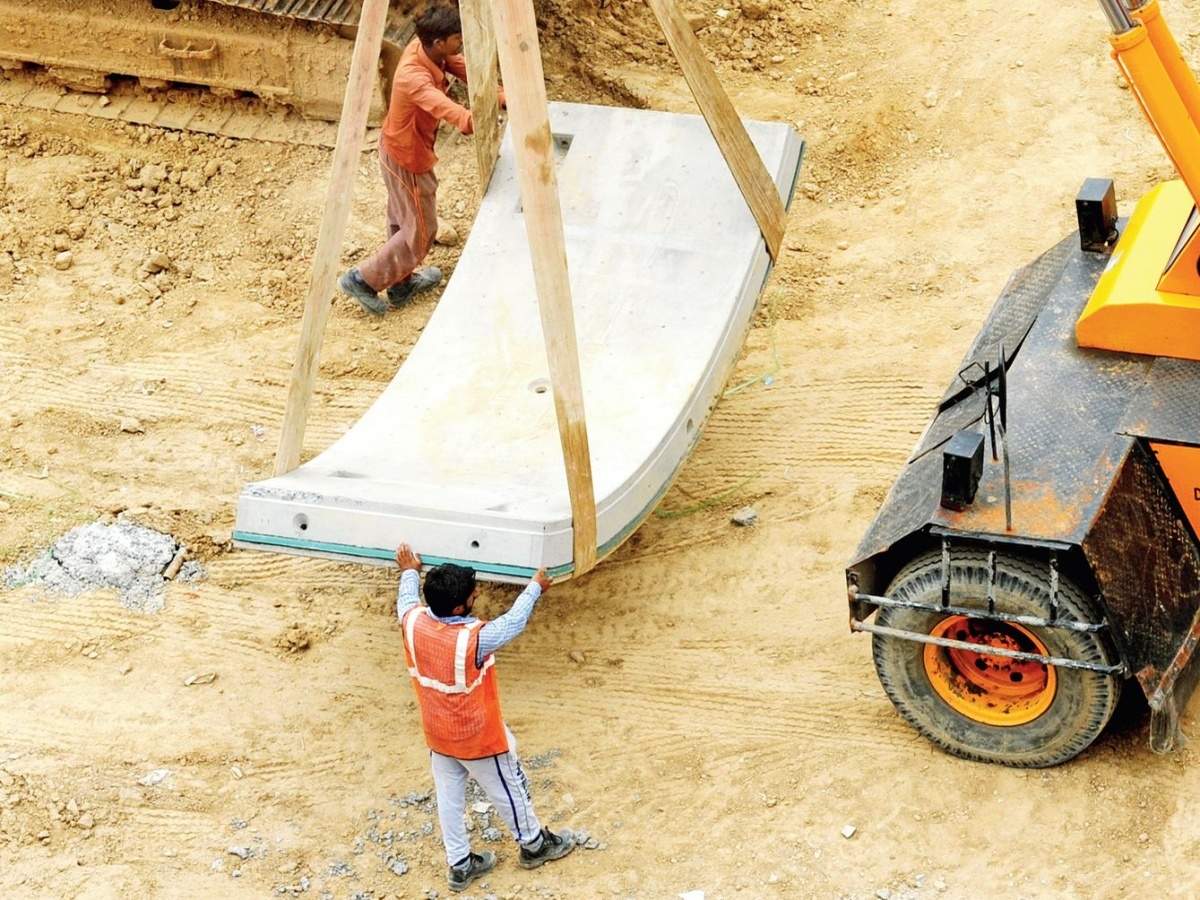Solid houses are built in different ways. The classic architect house is typically a solid house. Turnkey solid houses from house providers are also popular. A – less common – variant is the kit house, in which the housing provider supplies the plan and the building materials and advises you while you build the house yourself. Here, too, it is very often about solid construction. In all these cases, the house walls consist mainly of masonry. Masonry always requires bricked stones – that is, placed on top of each other suitably and connected with mortar. A shell stone tile is also in trend nowadays.
The following stones are essentially available for building a house:
- wall bricks
- aerated concrete blocks
- sand-lime bricks
- lightweight concrete blocks
- concrete blocks
In the following, we want to look at the individual types of stone and briefly show their advantages and disadvantages.
Bricks – Tried And Tested
Bricks made of fired clay or loam are the classic in-house construction and have been tried and tested for thousands of years. The oldest bricks were found in Jericho in 1952 and are 7,500 years old. Today, bricks are still made in principle in the same way as they were then, albeit with modern machines and kilns. The raw brick mass is given the right grain size by rolling, is then formed into bricks, and dried. The firing process takes place at 500 to 1800 degrees and lasts about 20 hours.
Advantages
- good structural, physical, and biological properties
- durable and economical
- good fire protection
- good insulation, moisture regulation, and good soundproofing
- sustainable when demolished, since bricks can be partially recycled and no hazardous waste is produced
Disadvantages
Suboptimal thermal insulation values for classic bricks, but modern brick variants (e.g., hollow bricks or perforated bricks) meet the thermal insulation standards
high energy requirement for production, but an overall balanced ecological balance thanks to a long service life
Innovative thermal insulation bricks filled with mineral wool or perlite make it possible to build an energy-efficient or passive house without installing additional thermal insulation.
Sand-Lime Bricks – Lime And Sand Combined As In Nature
Sand-lime brick supplied by Natural Limestone supplier for example (abbreviated: KS) also occurs naturally, but industrially produced sand-lime brick is usually used in construction. The procedure for this was already developed in the 19th century. Quicklime and quartz sand are mixed with the addition of water in a ratio of 1:12. This produces hydrated lime, which can be shaped into stone blanks. These are then hardened in special steam pressure boilers at 200 degrees using saturated steam pressure to form sand-lime bricks. When building houses, sand-lime bricks are preferably used for the shell and external walls.
Advantages
high strength and density enable thin-walled load-bearing constructions (wall thickness from 17.5 cm) for more space in the house
- excellent soundproofing properties
- favors a balanced room temperature
- high fire protection
Disadvantages
due to moderate thermal insulation, additional insulation is required to meet the requirements
relatively complex processing due to high material density
When building houses, sand-lime bricks are preferably used for the shell and external walls. Due to the excellent sound insulation, this building material is also ideal for houses in noisy surroundings or apartment buildings.





